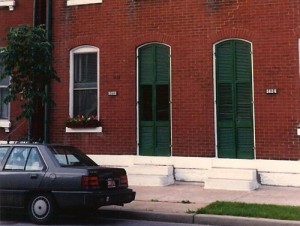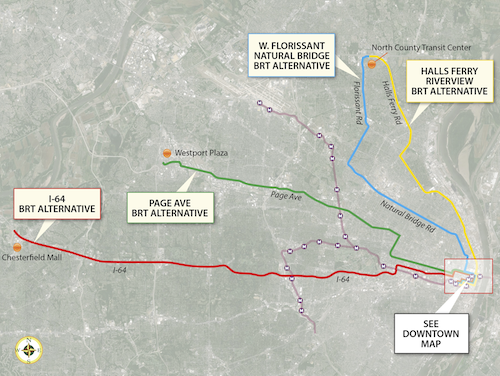Poll Results on Vehicles Per Licensed Driver
There are many ways to measure and compare regions/states on how auto-centric they are. For the poll last week I selected number of vehicles per licensed driver. The results of the poll are near the end but first I want to share other data.

Examples of vehicle miles traveled per capita in 2005:
- 1) New York City metro: 5,889.9
- 11) Chicago metro: 7,540.5
- 22) Seattle metro: 8,552.6
- 37) Wichita: 9,237.2
- 46) Minneapolis metro: 9,585.0
- 55) Austin metro: 10,220.3
- 64) Kansas City metro: 10,726.2
- 77) St. Louis metro: 11,511.4
- 88) Nashville metro: 12,275.4
- 92) Oklahoma City metro: 12,325.0
I see this as good evidence our region is too auto dependent, 76 metro areas had less vehicles miles per person than we did in 2005! But maybe we’ve peaked:
When adjusted for population growth, the number of miles driven in the United States peaked in 2005 and dropped steadily thereafter, according to an analysis by Doug Short of Advisor Perspectives, an investment research company. As of April 2013, the number of miles driven per person was nearly 9 percent below the peak and equal to where the country was in January 1995. Part of the explanation certainly lies in the recession, because cash-strapped Americans could not afford new cars, and the unemployed weren’t going to work anyway. But by many measures the decrease in driving preceded the downturn and appears to be persisting now that recovery is under way. The next few years will be telling. (New York Times)
Even if we’ve declined since 2005 like everyone else, we’re still driving considerably more miles per capita than 76 other regions.
Here are the results from last week’s poll:
Q: How many vehicles per licensed driver in your household?
- One+, but less than two 33 [45.21%]
- Less than one, more than zero 21 [28.77%]
- Two+, but less than three 9 [12.33%]
- Zero 6 [8.22%]
- Three+ 4 [5.48%]
I’ll admit I broke an important rule when it comes to polls — keeping the answers uniform. It appears the readers who responded don’t have an excess of vehicles, with over 8% saying their household has zero cars per licensed driver.
— Steve Patterson


